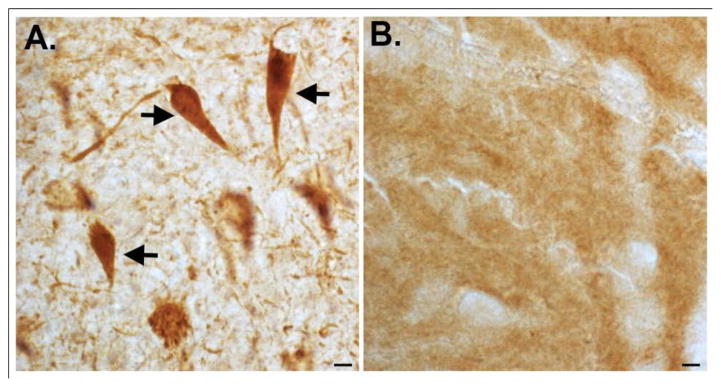Caspase Cleaved Tau in Alzheimer's Disease: A Therapeutic Target Realized.
International Journal of Neurology and Neurotherapy
Pub Date : 2015-01-15
DOI:10.23937/2378-3001/2/1/1014
引用次数: 5
Abstract
Alzheimer’s disease (AD) is a progressive neurodegenerative disorder characterized by an array of symptoms affecting memory and cognition. Some common symptoms of AD include memory loss that disrupts daily life, challenges in planning or solving problems, confusion with time or place, and changes in mood and personality [1]. Central dogma to the etiology of AD is the beta-amyloid cascade, which stipulates that beta-amyloid in oligomeric forms represents the earliest step in a cascade eventually leading to the formation of senile plaques and neurofibrillary tangles (NFTs) and neurodegeneration [2]. For many years the connection between plaques and tangles was unknown, however, in 2002 we reported that caspase activation and the cleavage of tau might link these two molecular entities in AD [3]. Our evidence was based on the synthesis and application of a caspase-cleavage site directed antibody to a known caspase-cleavage site within tau located at the amino-terminus (position 25). Figure 1 depicts the first experiment ever performed with affinity-purified tau caspase-cleavage antibody that revealed widespread labeling predominantly within NFTs, neuropil threads, and dystrophic neurites (Figure 1A) that was absent in age-matched control sections (Figure 1B).

Caspase裂解Tau蛋白治疗阿尔茨海默病:实现治疗靶点。
本文章由计算机程序翻译,如有差异,请以英文原文为准。
求助全文
约1分钟内获得全文
求助全文

 求助内容:
求助内容: 应助结果提醒方式:
应助结果提醒方式:


